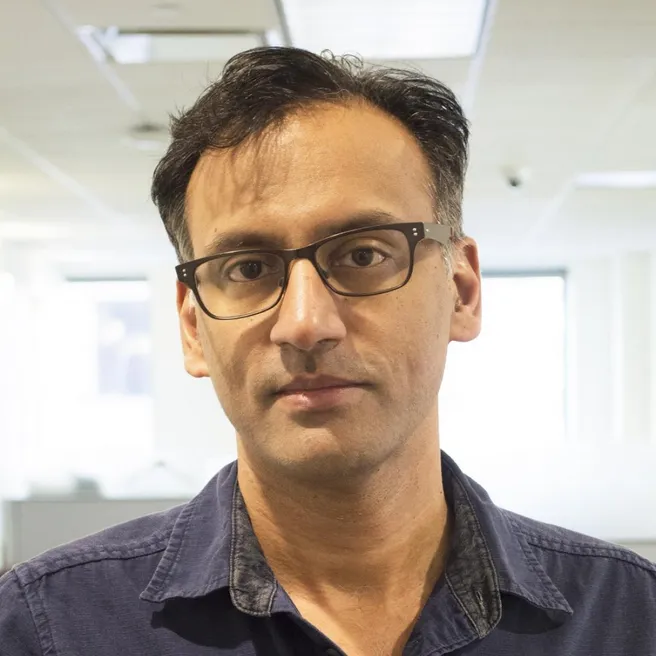Understanding Channel Dynamics in Millimeter Wave Cellular
Prof. Sundeep Rangan
Associate Director, NYU WIRELESS
Abstract:
The vast available spectrum in the millimeter (mmWave) bands offers the possibility of multi-Gbps data rates for fifth generation (5G) cellular networks. A key challenge in realizing systems in these bands is the rapid channel dynamics: mmWave links are extremely susceptible to blocking and the small changes in the relative positions of obstacles such as the hand, body or buildings can result in large swings in the channel quality. These fast dynamics have significant design implications at all layers of the cellular protocol stack. In this talk, we survey several key new technologies developed in our lab for understanding and overcoming dynamics and related problems for the development of mmWave cellular systems: (1) a novel phased-array measurement system for modeling spatial dynamics of blockage; (2) low-power circuit architectures and signal processing algorithms for tracking channels; and (3) effects of variations on TCP and end-to-end performance.
Biography:
Sundeep Rangan received the B.A.Sc. at the University of Waterloo, Canada and the M.Sc. and Ph.D. at the University of California, Berkeley, all in Electrical Engineering. He has held postdoctoral appointments at the University of Michigan, Ann Arbor and Bell Labs. In 2000, he co-founded (with four others) Flarion Technologies, a spin off of Bell Labs, that developed Flash OFDM, one of the first cellular OFDM data systems and pre-cursor to 4G systems including LTE and WiMAX. In 2006, Flarion was acquired by Qualcomm Technologies where Dr. Rangan was a Director of Engineering involved in OFDM infrastructure products. He joined the ECE department at NYU Tandon (formerly NYU Polytechnic) in 2010. He is a Fellow of the IEEE and Associate Director of NYU WIRELESS, an academic-industry research center researching next-generation wireless systems. His research interests are in wireless communications, signal processing, information theory and control theory.
